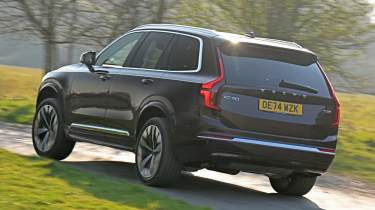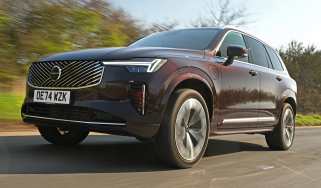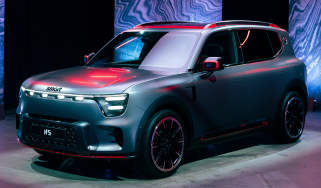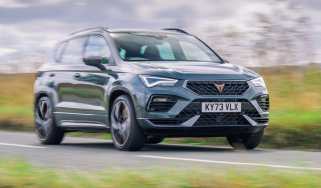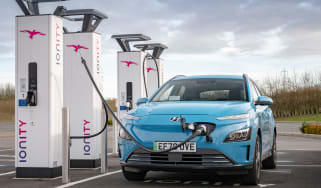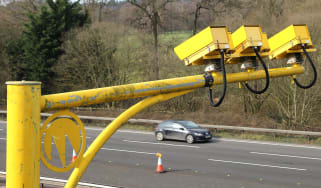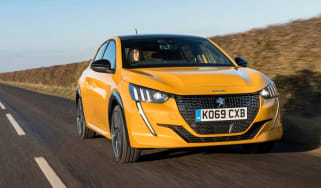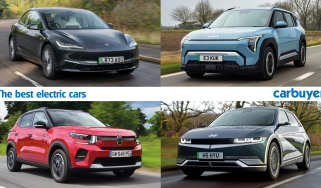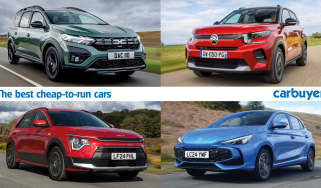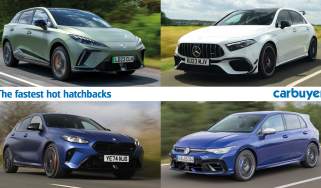Volvo XC90 review - Engines, drive & performance
"Powerful petrol and hybrid engines ensure the big Volvo XC90 isn’t short of power"
The Volvo XC90 has a heavy focus on comfort first and foremost, so don’t expect an involving drive here – for that you’d be better off with something like a BMW X5 or Porsche Cayenne. There’s something to be said for the fact that Volvo has focused on comfort for the XC90, though, because it really doesn’t compromise on ride quality, and doesn’t pretend to be sporty in any way. In fact, there are just two driving modes, called ‘on-road’ and ‘off-road’, while the steering can be tweaked to be heavy or light – we prefer to keep it on the heavier side, because the lighter setting feels a bit odd in a car of this size and heft.
One thing we did appreciate during our time with the XC90 was the fact it disguises its sheer size a bit better than the Audi Q7 and Land Rover Discovery, which always feel like very large vehicles to drive and manoeuvre.
Versions of the XC90 with air suspension ride the best at lower speeds, soaking up almost all road imperfections with a distant thud that rarely upsets occupants. Even with the standard suspension fitted the XC90 is a comfortable car, but as speeds increase it can start to feel a bit vague, so it’s best to take a more relaxed approach to twisting tarmac.
Petrol engine
While the Volvo XC90’s engine lineup used to be broader, there’s now just one petrol version left – the mild-hybrid 2.0-litre four-cylinder, badged the B5. As before, this packs a 247bhp punch, getting the XC90 from 0-62mph in 7.7 seconds. While that’s quick for an engine propelling a car of this size, it’s not quite as refined as the hybrid model.
However, there’s no need to plug it in – small amounts of energy are recovered as the car slows down, helping to spur the petrol engine on and save fuel under acceleration.
Hybrid engine
There’s one plug-in hybrid powertrain for the XC90, called the T8. This version is much more powerful than the mild-hybrid, with a hefty 449bhp. Don’t expect it to feel sporty, though – the power is reassuring and makes overtaking feel effortless, but it’s still very much a relaxed driving machine.
0-62mph is completed in a fairly rapid 5.4 seconds, but from the inside it doesn’t feel all that quick when you are just driving normally. The transition between the electric motor and combustion engine is very smooth and quiet, while the transmission is responsive most of the time – but it can feel a bit sluggish when you need a sudden downchange for a burst of acceleration, with power surging abruptly when it does arrive. The petrol engine is impressively quiet too, even when there’s no charge left in the battery pack.
